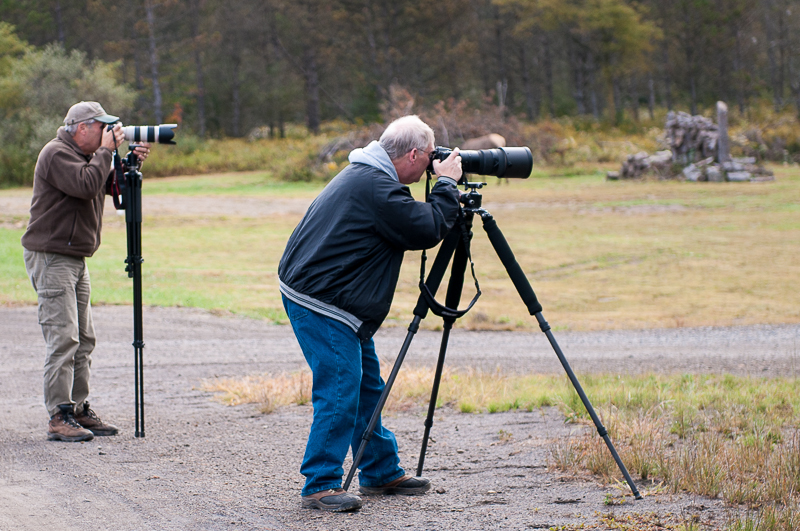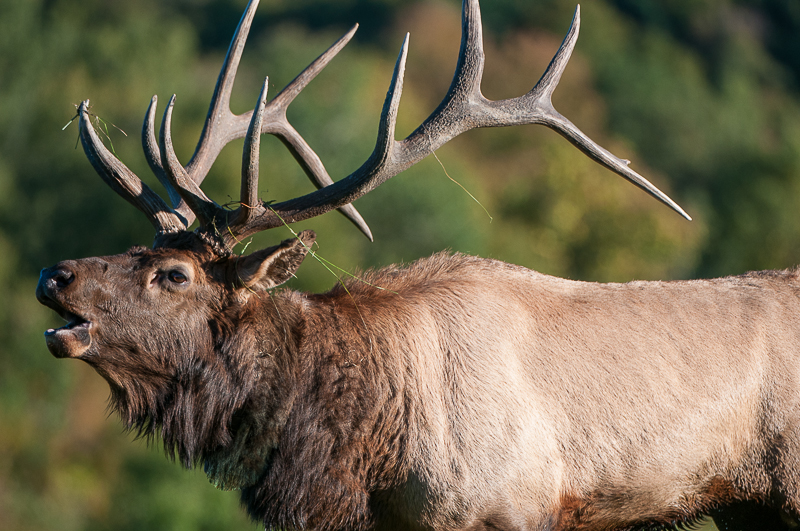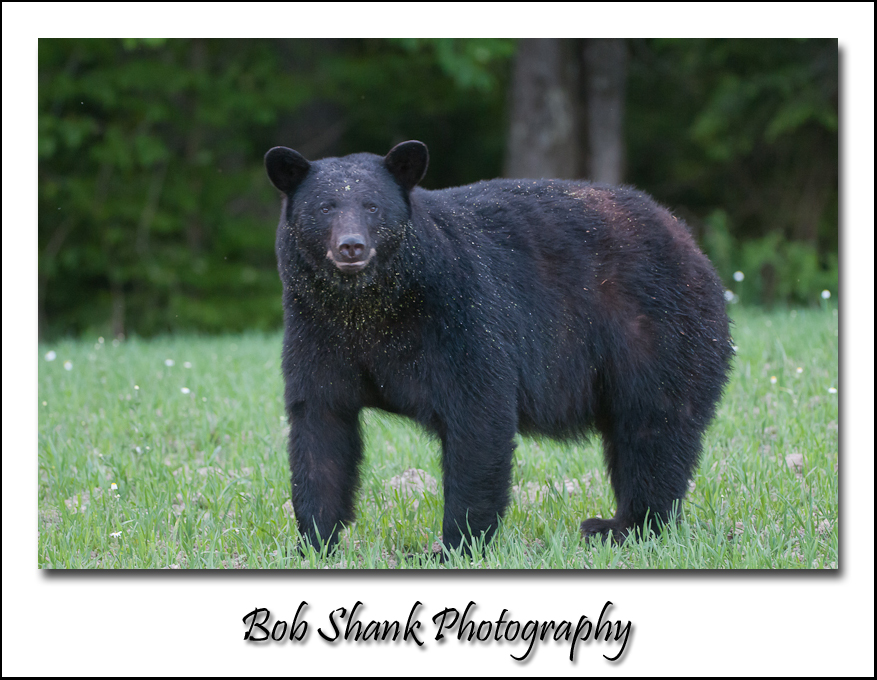Ready for an unforgettable photo experience? Join us for a photo trip to photograph the Pennsylvania elk! We just announced the upcoming fall trip: October 1-4, 2018. For more details and to sign up go to: http://www.bobshankphotography.com/PA%20Elk%20Experience/Upcoming%20Trips.htm
Sports Photographer
I capture each game story, show the emotion of the players, and bring the game to the fans in a unique and captivating way through sports photographyOptin Form
-
Recent Posts
Pages
- About Me
- Allen v. Pocono Mountain West
- Bob’s Photography Resume
- Contact Me
- Lehighton v Pocono Mountain West
- Lehighton v. Pocono Mountain East
- My Book on Elk Photography
- My Websites
- Photo Galleries
- Podcast Host = “Photography Horizons”
- PV v Nazareth
- PV v. Lehighton
- PV v. Pocono Mountain West
- Stock Images & Prints
- Stroudsburg v. Pocono Mountain East
- Yop Poll Archive
Categories
- 200-400mm (2)
- Acrobatic Catch (1)
- Acrobatics (1)
- Action Photography (35)
- Adam Raseley (2)
- Adobe Lightroom (30)
- Advertisement (1)
- AHL (1)
- All-American Invitational (1)
- All-Stars (1)
- Allen (9)
- American Bittern (1)
- Amir Blair (1)
- Angry Birds (1)
- Animal Behavior (1)
- Aperture (4)
- Apple (2)
- Apps (2)
- April Fool's Day (1)
- Ariel Mejia (1)
- Art (1)
- Article (1)
- Assateague (3)
- Atlantic Region Championship (1)
- Austyn Borre (3)
- B101 (1)
- Backgrounds (9)
- Backpacking (1)
- Backups (12)
- Backyard (11)
- Bad Weather (1)
- Band (1)
- Bangor (1)
- Baseball (85)
- Basketball (25)
- Bassmaster (1)
- Bassmaster Elite Series (1)
- Batteries (1)
- BE a better Photographer (1)
- Behind the Scenes (1)
- Bennezette (1)
- Bethlehem Catholic (2)
- Bike Ride (2)
- Bill Weitzmann (1)
- Binoculars (1)
- Binos (1)
- Birches (1)
- Bird Photography (20)
- Bird Photography 101 (1)
- Birds (1)
- Birthday (2)
- Black Bear (4)
- Black-Capped Chickadee (1)
- Blackberry (1)
- Blind (9)
- Blog (12)
- Bloomsburg Fair (1)
- Blue Heron (1)
- Bob Shank (1)
- Bobcat (1)
- Book (4)
- Boxing Elk (1)
- Brandon Leap (1)
- Brendan Kearns (1)
- Brian Frey (1)
- Broken Tine (1)
- Bryn Mawr Rehab Hospital (2)
- BT Journal (1)
- Bugling Bull (9)
- Bull (30)
- Bull Elk Rescue (1)
- Busy (2)
- Calf (5)
- Calves (2)
- Camera (27)
- Camera Strap (1)
- Camp (2)
- Camping (1)
- Cancer (1)
- Captions (3)
- Capture the Moment (1)
- Cardinal (2)
- Catcher (2)
- Celebration (2)
- Cheasapeake Bay (1)
- Checklist (3)
- Cheyney University (1)
- Chincoteague (12)
- Chipmunk (2)
- Chris Burke (1)
- Chris Mele (1)
- Christmas (1)
- Clip FIle (2)
- Close-ups (6)
- Clouds (1)
- Coach Jim Terwilliger (1)
- Coach Terwilliger (2)
- Coaches (1)
- Coaching (1)
- Coin Toss (1)
- Collage (8)
- Colleagues (2)
- College Football (8)
- Commencement (1)
- Compliments (1)
- Composition (1)
- Computer (12)
- Concert (2)
- Contrast (2)
- Coppin (3)
- Coughlin (3)
- Cow (13)
- Cropping (3)
- Cross Country (1)
- Cumberland Island (4)
- D5 (2)
- Dad (3)
- Dan Heckman (1)
- Dan Hrbek (1)
- Darkroom (1)
- Dave Black (2)
- Dave Shank (1)
- Decisions (2)
- deer (2)
- Defense (1)
- Delmarva Peninsula Fox Squirrel (2)
- Denise Rosenberry Shank (1)
- Depth of Field (4)
- Digital Images (1)
- Digital Photography (18)
- Drobo (9)
- Dylan Pasnak (1)
- e-newsletter (2)
- E-town Bears (1)
- East Stroudsburg North (3)
- East Stroudsburg North High School (1)
- East Stroudsburg South (12)
- East Stroudsburg South High School (1)
- East Stroudsburg University (50)
- Easton (1)
- Easton Express-Times (3)
- Edinboro Unversity (2)
- Editing Photos (17)
- Elizabethtown (1)
- Elk (20)
- Elk Calendar (2)
- Elk Country (7)
- Elk County (25)
- Elk County Visitor Center (5)
- Elk Expo (1)
- Emotion (1)
- Equipment (19)
- ESPN (1)
- ESU Invitational (1)
- ESU Warriors (4)
- ESUWarriors (6)
- ESUWarrriors (1)
- Exposure (2)
- External Hard Drive (1)
- Eyes (1)
- Ezybox (1)
- f-stop (2)
- Facebook (2)
- Faces (2)
- Facial Expressions (3)
- Fall (11)
- Fall Leaves (1)
- Fast Lenses (3)
- Fence (1)
- Ferry (1)
- Field Hockey (2)
- Fight (1)
- Finding Photos (2)
- Fire (1)
- Fishing (4)
- Flash (7)
- Flash Cards (3)
- Flickr (2)
- Focus (3)
- Football (45)
- Fred Stluka (1)
- Freedom (4)
- Friday Night (4)
- Full Moon (2)
- G-Tech (1)
- Galleries (1)
- Game-Day Portraits (1)
- Gannon University (1)
- Georgia (2)
- Gerald Douglas (1)
- Getting Closer (1)
- Getting Things Done (2)
- Gilbert Viewing Area (1)
- Goals (1)
- God's Creation (1)
- Goldenrod (1)
- Golf (7)
- Graduation (1)
- Great American Outdoor Show (2)
- Great Blue Heron (2)
- Great Egret (1)
- Greg Knowlden (1)
- Groundhog (3)
- Harvest Moon (1)
- Harvey in the Morning (1)
- Head Coach Denny Douds (1)
- Headshots (1)
- Heisman Trophy Pose (1)
- High School (23)
- High School Football (20)
- Hiking (2)
- Hit by Pitch (1)
- Holiday Boutique (1)
- Horizons (1)
- Horses (2)
- House Finch (1)
- How to (2)
- How to Photography (1)
- Howie Stevens (1)
- Hunting (5)
- Hunting Camp (1)
- Ice Hockey (3)
- Important Decision (1)
- Indiana University of Pennsylvania (1)
- IndyCar (2)
- Inspiration (1)
- Inverter (1)
- iPhone (2)
- iPod (2)
- ISO (2)
- iTunes (1)
- James (3)
- James Shank (11)
- Jason Farmer (1)
- Joe Miegoc (1)
- Jordan Caffrey (1)
- Journalism (1)
- Journalistic Approach (1)
- Jr. (2)
- Juan Pablo Montoya (1)
- Juli Inkster (1)
- Keepers (4)
- Keystone Elk Country Alliance (1)
- Keyword (6)
- Kicker (2)
- Koehler Fieldhouse (1)
- Kutztown University (3)
- Lacrosse (2)
- Lancaster County (2)
- Landscape (1)
- Learning (1)
- Legion (1)
- Lehigh Valley Baseball Academy (1)
- Lehigh Valley Phantoms (2)
- Lehighton (5)
- Lehighton High School (7)
- Lennie Rue III (5)
- Lenses (5)
- Leukemia (1)
- Light (11)
- Lionel (1)
- Little League (2)
- Lock Haven University (5)
- Love of the Game (1)
- Lower Merion (1)
- Lydia (3)
- Lydia Shank (1)
- MacBook Pro (2)
- Magazine (1)
- Marching Band (1)
- Mark Terrill (2)
- Marketing (3)
- Maryland University (2)
- Math Civics & Sciences (1)
- Matt Pierce (1)
- Media (1)
- Media Guide (1)
- Medix Run (1)
- Men (1)
- Men's Soccer (2)
- Mercyhurst University (1)
- Midday (1)
- Millersville University (4)
- Monopod (2)
- Moose Peterson (4)
- Mosquitoes (1)
- Motivation (2)
- Mountain Valley Conference (3)
- Mountains (11)
- Mourning Dove (2)
- Muhlenberg College (2)
- Musical (11)
- MVC Playoffs (1)
- My son (6)
- Navy (6)
- Nazareth (4)
- NCAA (2)
- NCAA Division II Elite Eight Quarterfinal (2)
- NCAA Men's Basketball Division II Atlantic Region Final (1)
- NCAA Men's Hockey Regional (1)
- Networking (14)
- Never Give Up (1)
- New Year (2)
- Newspaper (2)
- Newspaper Article (2)
- Nikon (14)
- Nikon D5 (4)
- Nikon D7100 (1)
- No-Hitter (1)
- Noise (2)
- Non-action Shots (1)
- Northampton (2)
- Notre Dame (2)
- Notre Dame East Stroudsburg (1)
- NRA (1)
- Nursing (1)
- Oklahoma (2)
- Opening Day (1)
- Outdoors (3)
- Overcast (1)
- PA (2)
- Packing (1)
- Parkinson's Disease (2)
- Passion (3)
- Patience (4)
- PayPal (2)
- Pcuts (1)
- Peak Action (3)
- Pediatric Cancer (2)
- Penn State University (6)
- Pennsylvania (2)
- Pennsylvania Elk (129)
- Pennsylvania Elk Photography Experience (54)
- Pennsylvania Game Commission (8)
- Perfect Game (1)
- Perfect Game Photos (2)
- Perspective (5)
- Peter Read Miller (1)
- Photo Book (3)
- Photo Display (11)
- Photo Gallery (3)
- Photo Lesson (4)
- Photo Magazine (1)
- Photo Mechanic (4)
- Photo of the Month (7)
- Photo Products (2)
- Photo Subjects (2)
- Photo Tips (18)
- Photo Trip (7)
- Photo Walk (11)
- Photographers (11)
- Photographic Goals (1)
- Photographs (3)
- Photography (153)
- Photography Horizons Podcast (3)
- Photography Magazine (1)
- Photojournalism (1)
- Photoshop (4)
- PIAA (1)
- PIAA Basketball (1)
- PIAA District 11 (2)
- Pink (1)
- Pitcher (2)
- Pittsburgh (1)
- Planning (4)
- Play (1)
- Play at the Plate (1)
- Pleasant Valley (48)
- Pleasant Valley High School (18)
- Pleasant Valley Intermediate School (1)
- Plug-ins (1)
- Pocono Environmental Education Center (1)
- Pocono IndyCar 500 (2)
- Pocono Mountain East (13)
- Pocono Mountain West (11)
- Pocono Raceway (2)
- Pocono Record (22)
- Poconos (7)
- Podcasts (4)
- Poll (3)
- Ponies (2)
- Porcupine (1)
- Porcupine Run Viewing Area (1)
- Portfolio (13)
- Portrait Lighting (2)
- Portraits (11)
- Postcards (2)
- Pre-Game (1)
- Preparation (24)
- Pricing (1)
- Pride and Prejudice (1)
- Printing (9)
- Prints (4)
- Processing Photos (1)
- Productivity (1)
- Programming (1)
- Promotion (1)
- PSAC (8)
- PSAC Basketball (3)
- PSAC Championship (1)
- PSAC Final Four (3)
- Published (1)
- Published Photograph (5)
- Pump Up Photos (1)
- PV Cubs (1)
- Quarterback (3)
- R-Strap (3)
- Rabbit (3)
- Radio Collar (1)
- Rain (5)
- Ray Shank (1)
- Rechargeable Batteries (1)
- Record-Breaker (1)
- Red Fox (1)
- Referee (1)
- Reflection (3)
- Rematch (1)
- Remote Cameras (2)
- Repair (2)
- Rescued Bull Elk (1)
- Resource (1)
- River (1)
- Role Models (1)
- Running Back (1)
- Ryan Krechel (1)
- SanDisk (1)
- Scary Moment (1)
- Scrimmage (1)
- Season Opener (1)
- Semi-Final (1)
- Senior Night (1)
- Senior Portraits (1)
- Sequence Shots (1)
- Shippensburg University (1)
- Shootout (1)
- Show Notes Page (1)
- Shutter Speed (2)
- Silhouette (3)
- Skyline (1)
- Slideshows (5)
- Snow (1)
- Soccer (2)
- Social Media (5)
- Softball (11)
- Software (18)
- Speedlight (4)
- Spiderweb (1)
- Sports (9)
- Sports Article (1)
- Sports Magazines (1)
- Sports Magazines (2)
- Sports Photographer (3)
- Sports Photography (228)
- Spot Metering (1)
- Stafford Beach (1)
- Stingy (1)
- Strike (1)
- Stroudsburg (20)
- Stroudsburg Foto (1)
- Stroudsburg High School (3)
- Submarine (1)
- Summit Sports Photography Workshop (3)
- Sunset (1)
- Swans (1)
- Swarthmore College (1)
- Swimming (1)
- Tara Lynn (1)
- Tear Sheet (2)
- Temple University (1)
- Tennis (1)
- Tent (1)
- Textbook (1)
- Think Tank (1)
- Tight Compositions (1)
- Touch-up (1)
- Toy Trains (1)
- Track & Field (1)
- Traffic (1)
- Trapping (1)
- Travis Van Houten (1)
- Tribute (1)
- Truck (1)
- Tufted Titmouse (1)
- Turkey (4)
- Twitter (5)
- Uncategorized (12)
- Undefeated (1)
- University of Michigan (1)
- Upset (1)
- Vehicle (2)
- Victory Lane (1)
- Virginia (1)
- Voice (1)
- Weather (3)
- Web Galleries (6)
- Website (17)
- Wedding Album (1)
- Wedding Photography (2)
- Weddings (6)
- Weightlifting (1)
- West Chester University (2)
- West End (1)
- West Liberty (1)
- White Balance (1)
- Whitetail Deer (8)
- Wild Photo Tips Magazine (2)
- Wildlife (17)
- Wildlife Photography (175)
- William Allen (1)
- Winning (1)
- Winslow Hill (44)
- Winter Projects (1)
- Women's Soccer (2)
- WomensGolf (2)
- WordPress (1)
- Workflow (10)
- Wrestling (3)
- York Barbell (1)
- You're a Good Man Charlie Brown (2)
- Zoom Lens (4)
Meta
Tags
Action Photography Backgrounds Backyard Baseball Basketball Bird Photography Blind Bull Chincoteague College Football Drobo East Stroudsburg South East Stroudsburg University Elk County ESUWarriors Football Golf High School High School Football James Shank Lehighton Lock Haven University Nikon Outdoors Penn State University Pennsylvania Elk Pennsylvania Elk Photography Experience Perspective Photography Photo of the Month Photo Tips Pleasant Valley Pleasant Valley High School Pocono Mountain East Pocono Mountain West Pocono Record Poconos Portfolio PSAC Softball Sports Photography Stroudsburg Wildlife Photography Winslow Hill Workflow




























